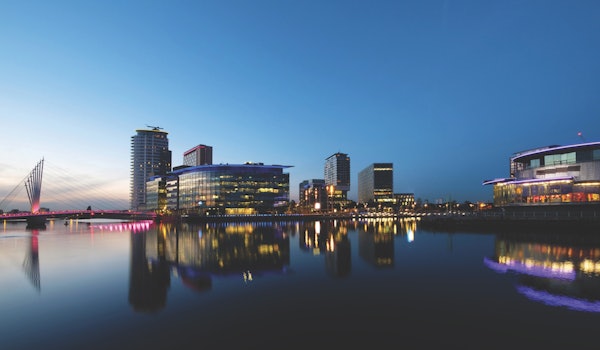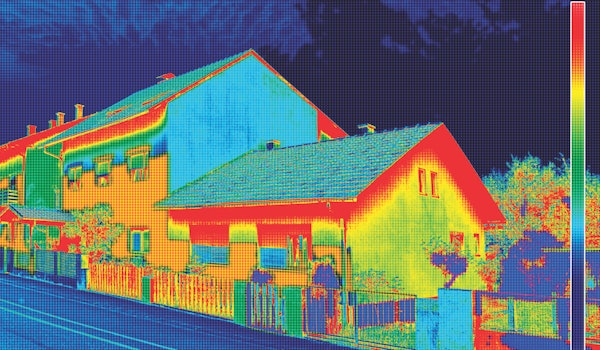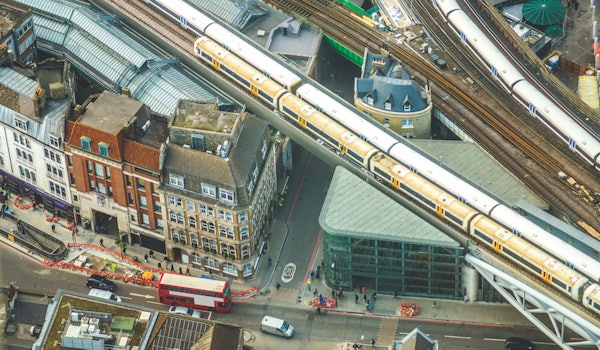How could the UK be low carbon by 2050?
Options, Choices, Actions - Updated 2018
Download the reportOptions, Choices, Actions - Updated 2018

Key points

Key points
The Future

Is hydrogen the missing piece in the energy jigsaw to meet 2050 targets?
We have refreshed Clockwork and Patchwork as part of the ETI’s legacy of insights and evidence. The scenario team now takes this work forward within the Energy Systems Catapult. We hope that this publication will once again stimulate discussion with stakeholders across the energy systems as we continue to learn together about the key options and choices facing decision-makers across the UK.
Download the 2015 report








